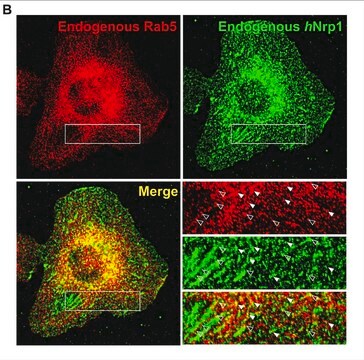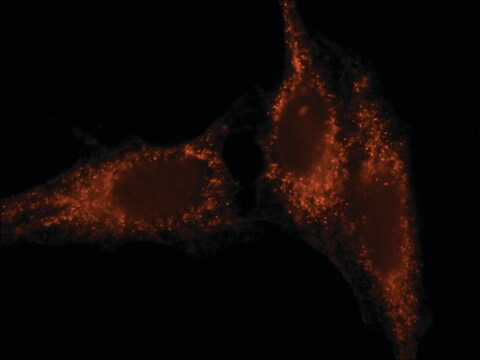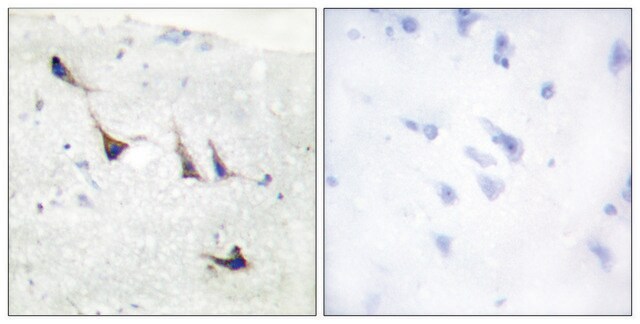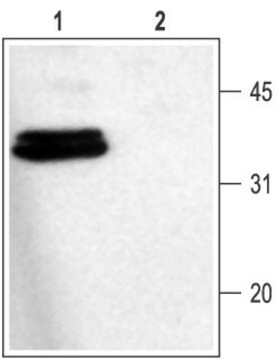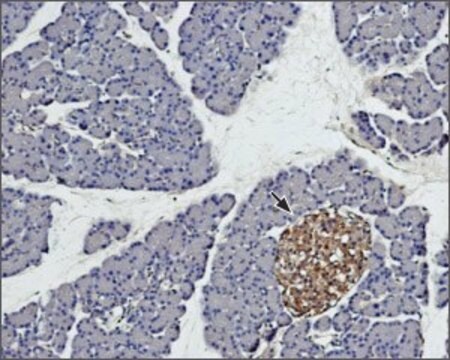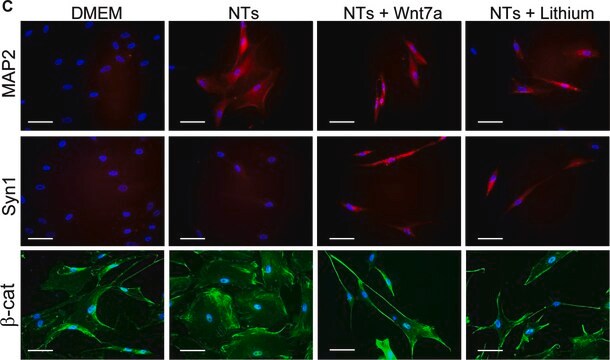S0664
Monoclonal Anti-Syntaxin antibody produced in mouse
clone HPC-1, ascites fluid
Synonyme(s) :
Anti-HPC-1, Anti-P35-1, Anti-STX1, Anti-SYN1A
About This Item
Produits recommandés
Source biologique
mouse
Niveau de qualité
Conjugué
unconjugated
Forme d'anticorps
ascites fluid
Type de produit anticorps
primary antibodies
Clone
HPC-1, monoclonal
Poids mol.
antigen 35 kDa
Contient
15 mM sodium azide
Espèces réactives
rat, bovine, rabbit
Technique(s)
immunocytochemistry: suitable using monolayer cultures of neonatal retina cells
microarray: suitable
western blot: 1:2,000 using crude preparation of synaptic vesicles from rat cerebral cortex
Isotype
IgG1
Numéro d'accès UniProt
Conditions d'expédition
dry ice
Température de stockage
−20°C
Modification post-traductionnelle de la cible
unmodified
Informations sur le gène
rat ... Stx1a(116470)
Catégories apparentées
Description générale
Immunogène
Application
- immunoblotting
- immunohistochemistry
- immunoprecipitation from hippocampal lysate
- immunohistochemical analysis
Actions biochimiques/physiologiques
Clause de non-responsabilité
Vous ne trouvez pas le bon produit ?
Essayez notre Outil de sélection de produits.
Code de la classe de stockage
10 - Combustible liquids
Classe de danger pour l'eau (WGK)
WGK 3
Point d'éclair (°F)
Not applicable
Point d'éclair (°C)
Not applicable
Faites votre choix parmi les versions les plus récentes :
Certificats d'analyse (COA)
Vous ne trouvez pas la bonne version ?
Si vous avez besoin d'une version particulière, vous pouvez rechercher un certificat spécifique par le numéro de lot.
Déjà en possession de ce produit ?
Retrouvez la documentation relative aux produits que vous avez récemment achetés dans la Bibliothèque de documents.
Notre équipe de scientifiques dispose d'une expérience dans tous les secteurs de la recherche, notamment en sciences de la vie, science des matériaux, synthèse chimique, chromatographie, analyse et dans de nombreux autres domaines..
Contacter notre Service technique